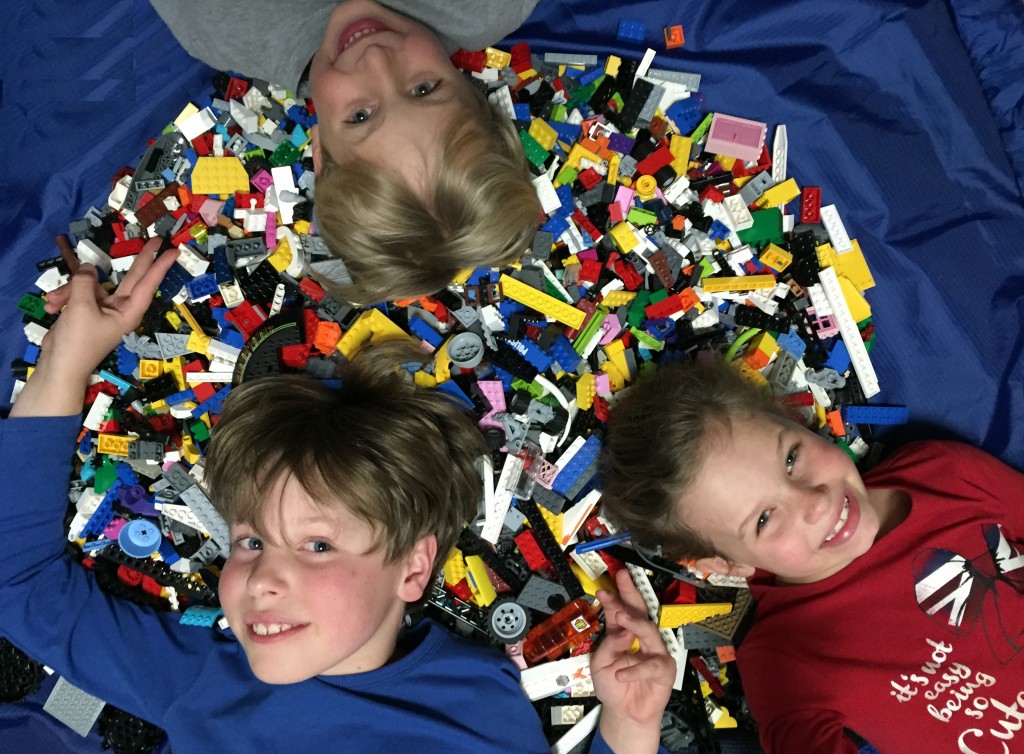Science, Technology, Engineering, Arts and Maths (STEAM) is all around us – it’s a child’s alarm clock first thing in the morning, the milk on their cereal and their electric toothbrush. It’s the bus ride to school, the way they interpret the colour of the sky and the leaves on the trees, and the very classroom in which they learn.
As educators, it’s our job to harness a child’s natural curiosity about the world around them and STEAM education, with its problem-solving approach to learning, is the ideal way to do this.
Kids learn by doing and STEAM’s hands-on activities make it easier for them to engage with the content, while facilitating the development of crucial skills. It’s also a more fun learning experience. Based on solving real-world challenges and uncovering answers to their hundreds of questions, STEAM shows students how science helps the pieces of our world fit together.
What begins as a fun activity today, equips the student with essential skills for life and work tomorrow. The world is reliant on science and science-trained people and STEAM learning is crucial for the development of critical thinking, creativity, engineering design process and problem-solving skills. Failing to have a STEAM strategy in place is not only doing a disservice to the future of our students, but to that of our country.
Build-A-Mind is the start of that strategy.
